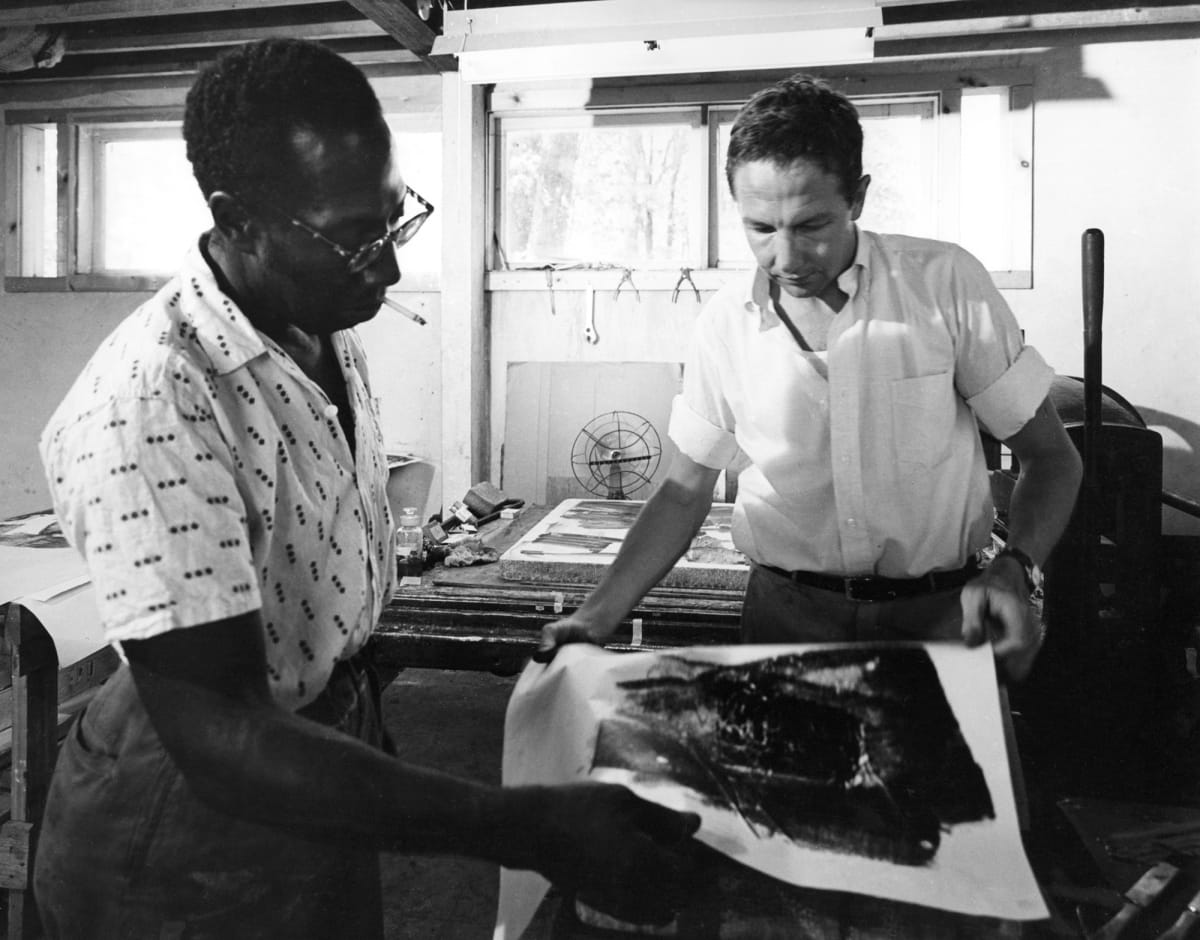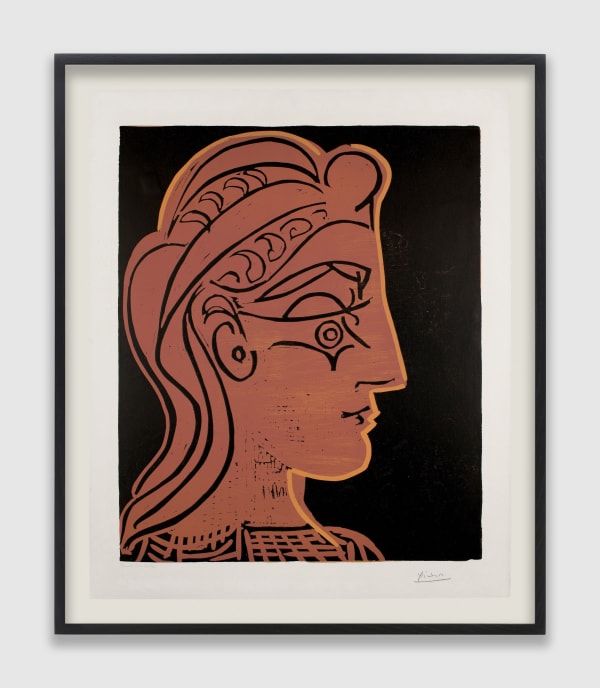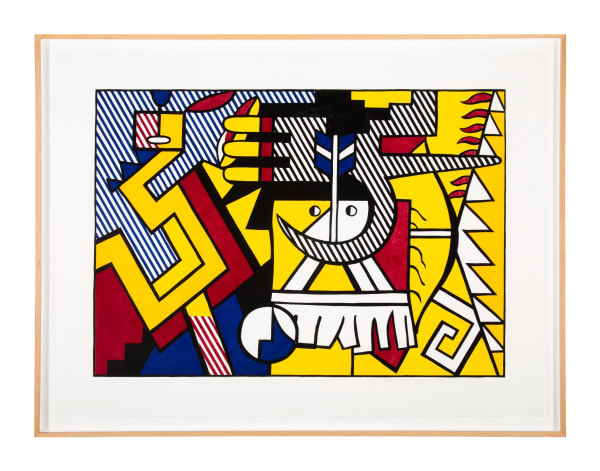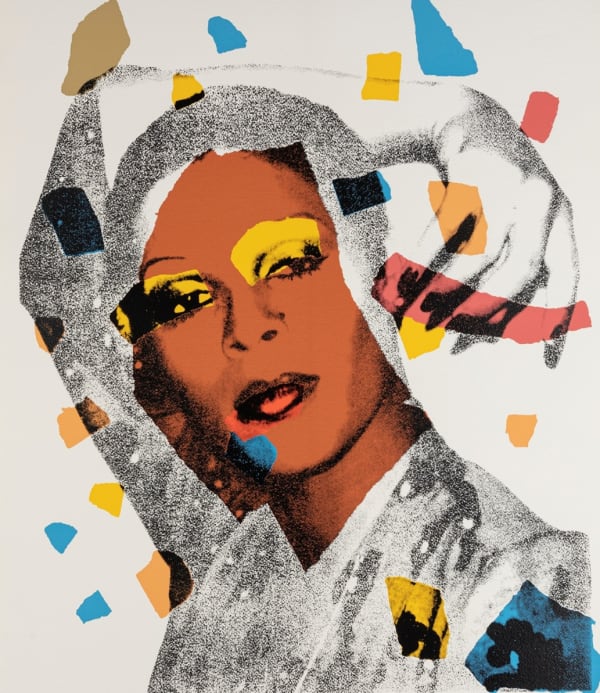“Color exists in itself, possessing its own beauty.”
Henri Matisse (Le Cateau-Cambrésis, France, 1869 – Nice, France, 1954), a leading figure of modern art, is perhaps best known for his expressive use of color, a concern that dominates the entirety of his oeuvre. Proficient as a painter, printmaker, sculptor, and draughtsman, Matisse became an artist rather late in life after first pursuing a career in law. While he initially studied in the academic tradition, his discovery of Pointillism led him to create more experimental works. The artist ultimately became a co-founder of the Fauve movement, which was named derogatorily by a critic with the French word for “wild beast” as a result of the use of bold color. In the fall of 1917, he traveled to Nice and began to create works that merged his interest in both figuration and non-realistic perspective, primarily creating nudes and odalisques. In 1930 while in the United States, Matisse was commissioned by collector Albert C. Barnes to create a triptych mural titled The Dance. It was subsequently exhibited at the Barnes Foundation and its expressive use of color and line had a great impact on American artists, including the emerging Abstract Expressionists. Upon becoming ill towards the end of his life, Matisse created experimental large-scale cutout paper works for which he is also renowned.
-

Gesture and Form
Selected Drawings from the 20th and 21st Century 12 Jun - 22 Aug 2025Gesture and Form: Selected Drawings from the 20th and 21st Century explores the act of mark-making as a means of expression, innovation, and experimentation. Drawing has long served as a...Read more -

From Paris to New York
Transformations in Printmaking 30 Jul - 24 Sep 2021This online viewing room begins with the growth of printmaking in early 20th century Paris, covers the war and interwar years in Europe, and goes up to and beyond the...Read more
-

Zeit Contemporary Art Showcases The History of Modern Prints
Annabel Keenan, Cultbytes, September 18, 2021 -

From Paris to New York: Transformations in Printmaking
Meer, September 4, 2021 -

Transformations in Printmaking Surveyed at Zeit Contemporary Art
Eli Anapur, Widewalls Magazine, August 13, 2021 -

From Paris to New York
Art Plugged, July 30, 2021 -

From Henri Matisse to Carmen Herrera, Transformations in Printmaking at Zeit Contemporary Art
Artfixdaily, July 30, 2021











